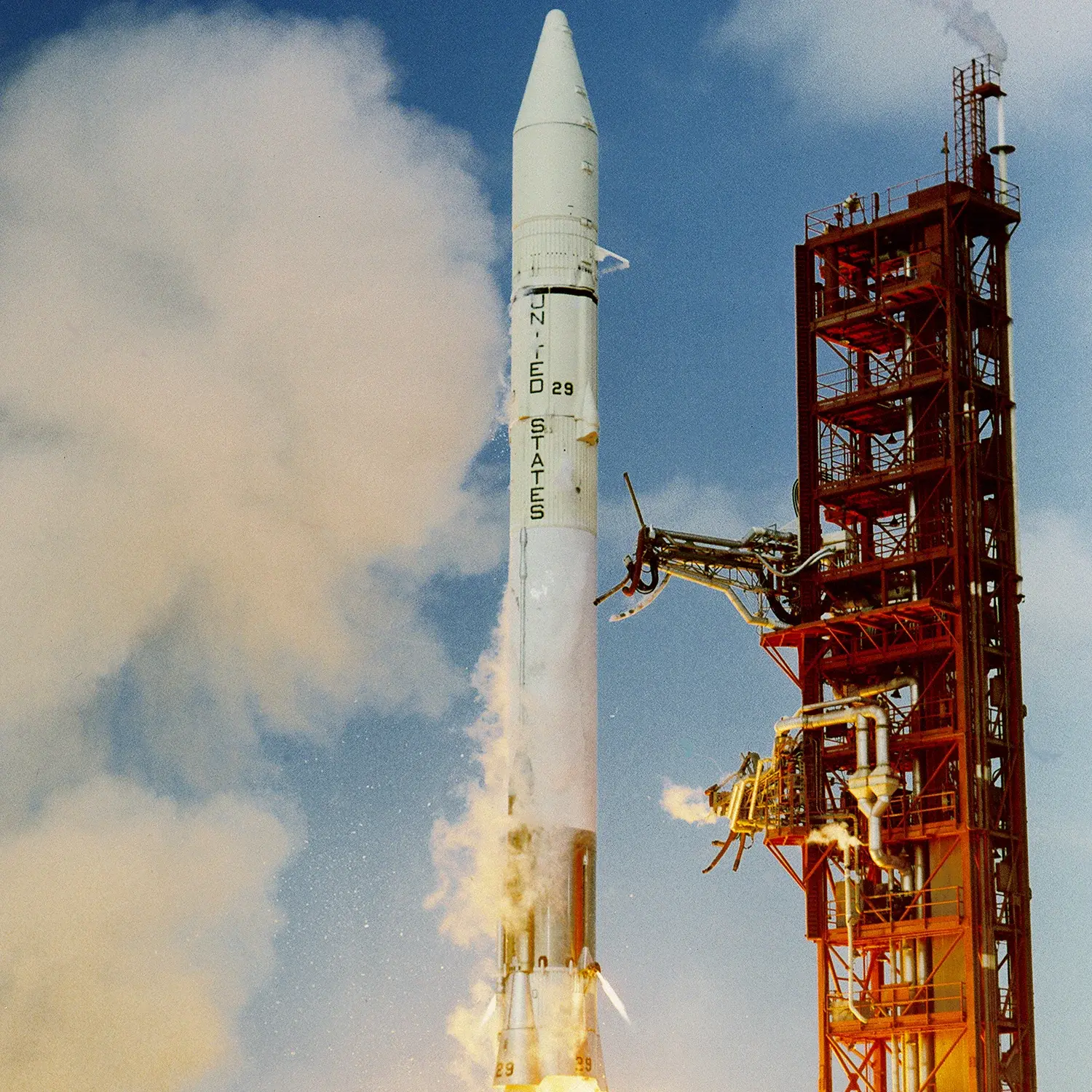OAO-B
Launch Failure
Liftoff Time (GMT)
22:40:05
Monday November 30, 1970
Watch Replay
Official Livestream
Mission Details
Launch Notes
Payload fairing failed to separate.
OAO-B
OAO B (Orbiting Astronomical Observatory B) was one of a series of automated astronomical observatories which were ground-controlled in orientation and were placed in a low earth orbit. The experiments gathered for the unsuccessful OAO-B were called the Goddard Experiments Package, after rocket pioneer Robert Goddard. This spacecraft carried a moderate resolution scanning spectrometer system using a relatively fast 38-in. cassegrain telescope to determine the composition and properties of early (types A and B) stars, as well as properties of variable stars and peculiar B stars using absolute spectrophotometric data (1000-4000 Å with 2 Å resolution). The optical system was to use a relatively fast 36-inch cassegrain telescope with a large aperture spectrophotometer. Six photomultipliers were to be used in a pulse-counting mode for data recovery.
Low Earth Orbit
1 Payload
2,121 kilograms
Rocket

Launch Site
Stats
Atlas-Centaur
21st
Mission
1st
Mission of 1970
1970
110th
Orbital launch attempt
